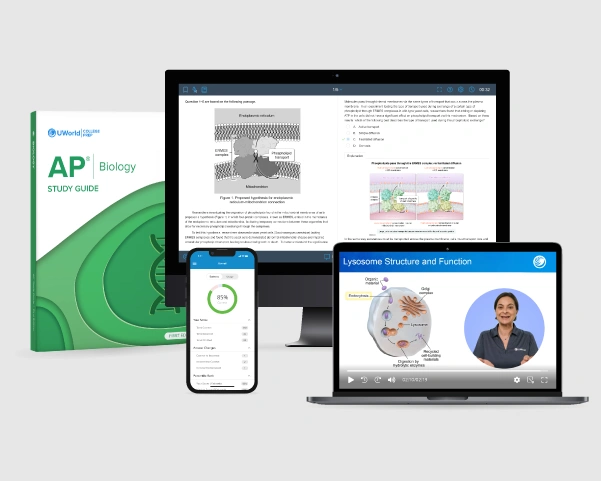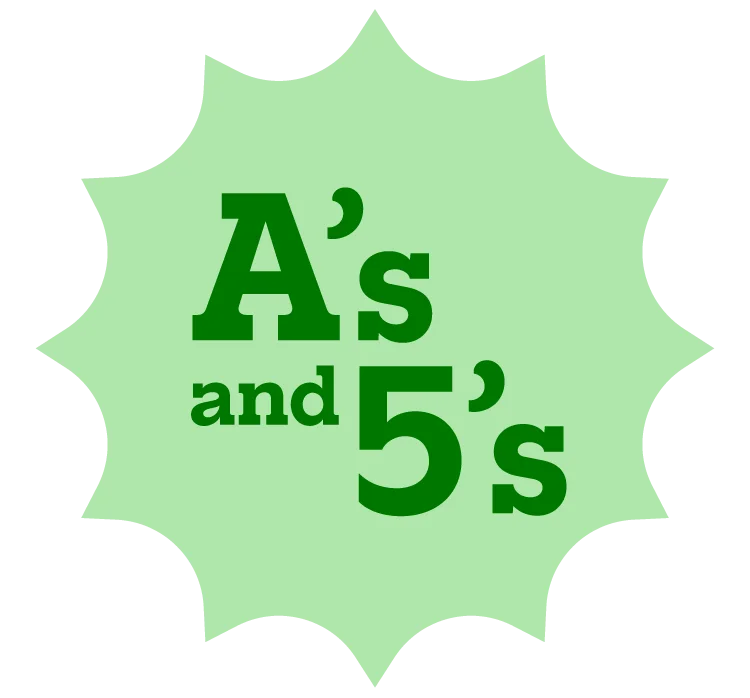When writing your AP® Biology lab report, follow your instructor’s specific instructions. If unsure, ask for clarification. Use complete sentences, except in the title and materials list, and proofread for spelling and grammar. Organize the report logically with sections like Introduction, Methods, Results, and Discussion. Ensure it demonstrates a clear understanding of biological concepts and presents your findings accurately.
A solid AP Biology lab report is concise and descriptive, keeping the following sections in mind:
Title
The title of your lab report should be as precise as possible (i.e., “Lab 1” is not a specific title). Use the model "The Effect of X on Y" to create a more specific title. For instance, "The Effect of Fertilizer Type on Growth in Potato Plants" is clear and concise. Avoid excessive detail in the title. Save that for the other sections.
Abstract
While not every teacher will ask for an abstract, this section is a great way to practice reading and writing real scientific articles. Here, you'll summarize (usually under 100 words) the entire experiment and its analysis. Mention what you're studying, your hypothesis, summarize the results, and include a concluding statement highlighting the main findings.
Introduction/Background
Understanding how to write an AP Biology lab report is essential for effectively communicating your experiment's purpose, objectives, and results. State your hypothesis in an "If/then” format (e.g., "If organic fertilizer is better for plant growth than synthetic fertilizer, then potato plants will grow taller when exposed to organic fertilizer than when exposed to synthetic fertilizer"). Include the reasoning behind your hypothesis.
For example, explain why you believe organic fertilizer will promote better potato plant growth than synthetic fertilizer. Define any key terms briefly when introducing them.
Materials and Methods
Provide detailed information about the materials you used in your experiment and the steps you took. Typically, this section includes a bulleted list of all materials used, along with their quantities. Describe each step you took to complete your experiment. Mention all the controlled variables, as well as the independent and dependent variables.
Use the past tense when writing this section (e.g., "the height of each potato plant was measured daily”).

Results
The AP Biology lab report format requires clear data presentation using tables and graphs. Ensure each figure is clear, with descriptive titles, labeled axes, and units for numerical data. If you conducted multiple trials, consider including averages. If your lab includes statistical analyses, include them here.
The graphing, tabular data, and statistical analyses in your AP Biology lab report are crucial for the science practices tested in the AP Biology exam. For more information, refer to our article on How to Study for AP Biology. Mastering these skills is essential for effective scientific data representation and reasoning.
Remember, results that don't support your hypothesis are just as valuable as those that do. Always present the actual data from your experiment and never fabricate false data.
Take advantage of the AP Biology Prep Course, the all-in-one study solution for AP Biology to build confidence in tackling AP exam questions.
Analysis and Discussion
This section is the heart of your lab report. Analyze the results and determine if they support or contradict your hypothesis. Discuss any limitations of the experiment, materials, or methods. Suggest improvements and propose further investigations based on your results. Reference your results when making statements about your experiment.
Conclusion
Now that you understand the essential components of an AP Biology lab report, practice by creating your own AP Biology lab report example. Writing lab reports in the correct format will help reinforce your understanding of experimental methods and improve your ability to analyze and interpret results, skills that are vital for success in both classroom assessments and the AP Biology exam.
Works Cited
List all sources used in your lab report in the section, including the lab manual and textbook. If you used additional books or online sources, include them, too. Follow the preferred format provided by your teacher or use the American Psychological Association Style (APA format) if not specified.
Use reliable sources for information, but ensure your lab report is in your own words and free from plagiarism.
Now that you know how to write an AP Biology lab report, practice by creating lab report examples in the requested format as you progress through your class. Enhance your learning by answering some AP Biology practice questions related to your current unit. This will help you connect lab reasoning with the exam content. Combine it with the AP Biology Study Guide for comprehensive support in your studies, ensuring you're fully prepared for both classroom and exam success.

References
- (2019). AP Biology Investigative Labs: An Inquiry-Based Approach - Teacher Lab Manual. College Board. Retrieved January 07, 2025, from https://apcentral.collegeboard.org/media/pdf/ap-biology-teacher-lab-manual-effective-fall-2019_1.pdf
Related Topics
Explore the types of labs you may encounter in AP Biology and the skills and content you need to master. Gain insight into what’s required to succeed and do well.
Tips on How to Answer AP Biology FRQs
Learn how to handle free-response questions. Get study tips, strategies, and key techniques to perform your best in this important section of the AP Biology exam.
Tips on How to Approach AP Biology MCQs
Master the approach to the MCQ section by focusing on practicing with multiple-choice questions, and understanding question formats for better exam preparation.
How to Self-Study for AP Biology
Want to ace AP Biology on your own? Follow this expert self-study guide with tips, tricks, and tools to prepare effectively for the exam.
Best AP Biology Prep Course Review
Searching for top AP Biology prep courses? Read this review to compare the best courses and choose the perfect one for your success.
Best AP Biology Study Guide Comparison
Explore top AP Biology study guides to find the best resources for the exam. Compare features, pros, cons, and reviews to select the perfect guide for success.




